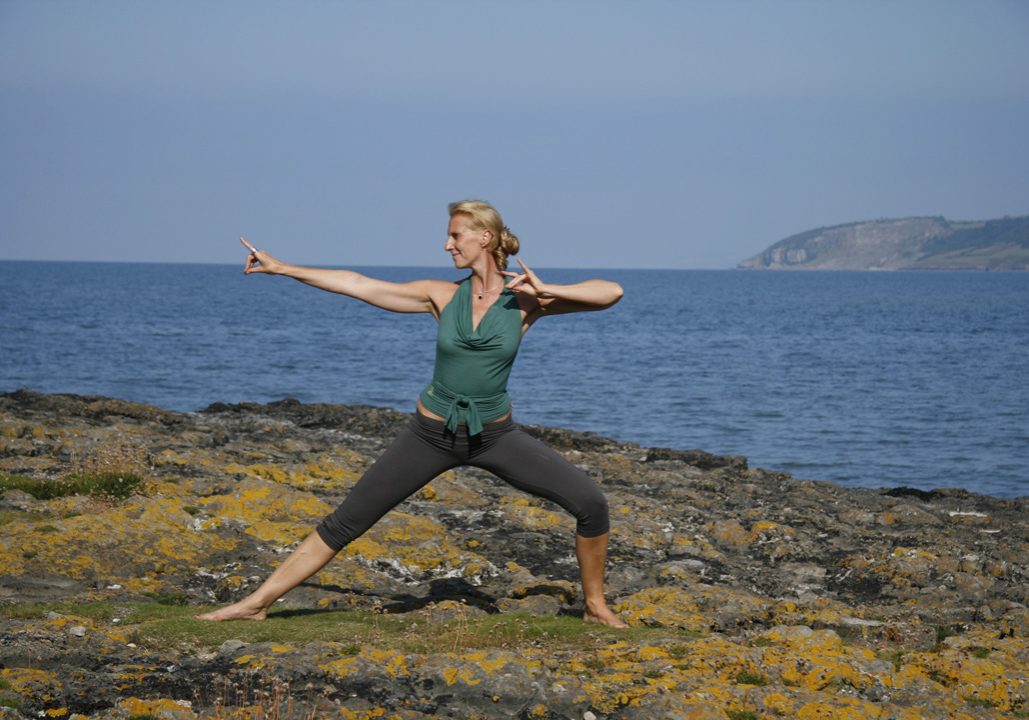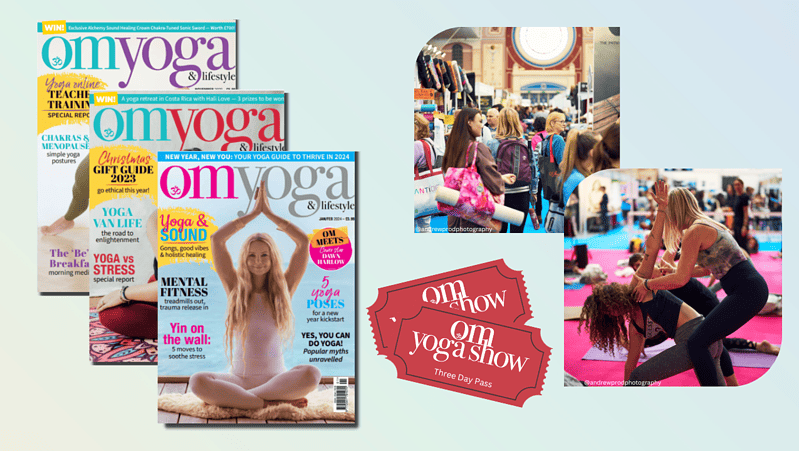
Higher education
Continuous professional development, or CPD, is essential for all yoga teachers. By Samia Squires
So you’ve finished your 200-hour yoga training. Congratulations, what a wonderful first step to a successful yoga career! But my advice is don’t rest on your laurels: CPD for yoga teachers is really essential.
First off, it’s quite difficult to make a living from simply teaching yoga classes. To make a really good income out of yoga you need to offer specialised programmes to a target audience. For that, you do need ongoing training. Up-skilling means you will always be unique and authentic no matter how many new yoga teachers are qualifying across the world.
CPD is important for any professional: it safeguards the public and your own career. “Any industry expert will recognise another expert no matter what the field,” says business consultant Gail Biddulph. Enhancing your skills is therefore crucial if you want to work alongside the NHS, in business workplaces, government, schools or for social prescribing. With CPD you can choose to train as a yoga therapist where you can treat illnesses in a clinical setting. GPs are really paying attention to this so why not stay ahead of the wave?
CPD is essential to help you understand, access and apply yoga’s deep and profound benefits for yourself and your clients. Its enormous power to enhance your Prana (energy) is key to health, and CPD is needed to understand how to manage your own Pranic body and help guide others.
Dru’s multi-disciplinary teams have been crafting such programmes for over 40 years: combining yoga postures and sequences rooted in ancient practice with the most up-to-date practices from neuroscience, physiotherapy and osteopathy to anthropology.
Andrew Wells has taken trauma-aware Dru Yoga into war zones, and says yoga is one of the fastest ways to change your consciousness. “Transforming mental, emotional and physical trauma is really hard to do without yoga.”
Getting the basics of yoga under your belt is a huge accomplishment. That’s what a 200-hour course does for you. But this is just the beginning. You can then go on to use yoga’s mega-tools like applied Pranayama, transforming emotions, visualisation, light, Mantra Shakti and Ayurveda. Ultimately, yoga can help you live at your peak by attaining unity at every level. But you can’t do that until you’ve got at least mental health, and that’s highly unlikely unless you also have physical health. So, as Vivekananda says: “Learn how to use your yoga to transform your health.”
At Dru, a deep understanding of group energetics is fundamental: how to transform a classroom of people practicing postures into a warm supportive environment of friends. Learning how to create a transformative community is health-giving on so many levels.
Once you start studying the deeper aspect of yoga’s extensive effects on the physical and metaphysical levels you’ll discover why, for millennia, yoga has been used to help people transform their emotions, manage their minds, treat illnesses, heal relationships and live a life that is true to their purpose.
Samia Squires has over 30 years experience of the yoga market. She continually inspires and enables individuals, companies and groups to authentically communicate in a way that helps them to reach more people in an increasingly competitive global marketplace. (druyoga.com)







